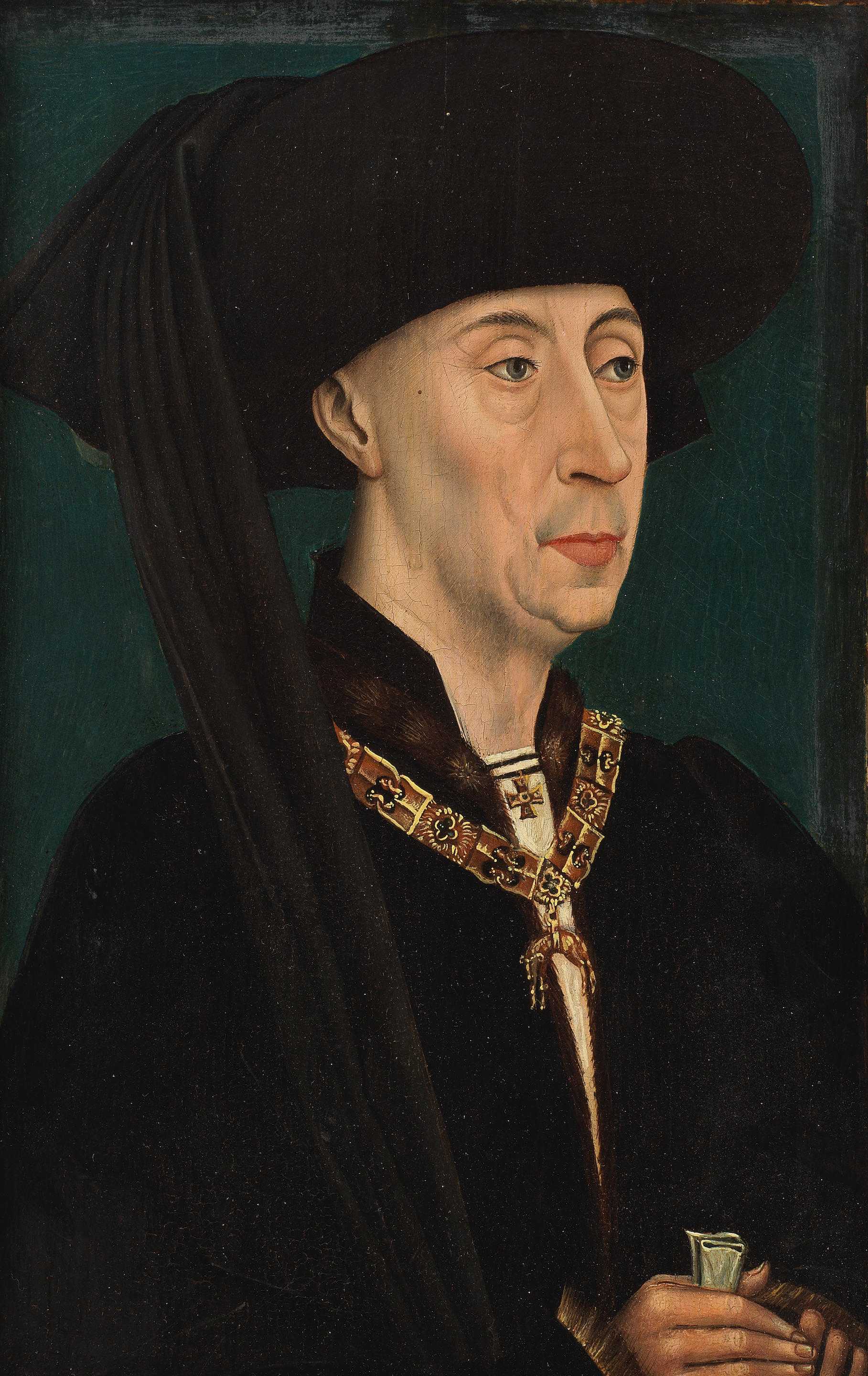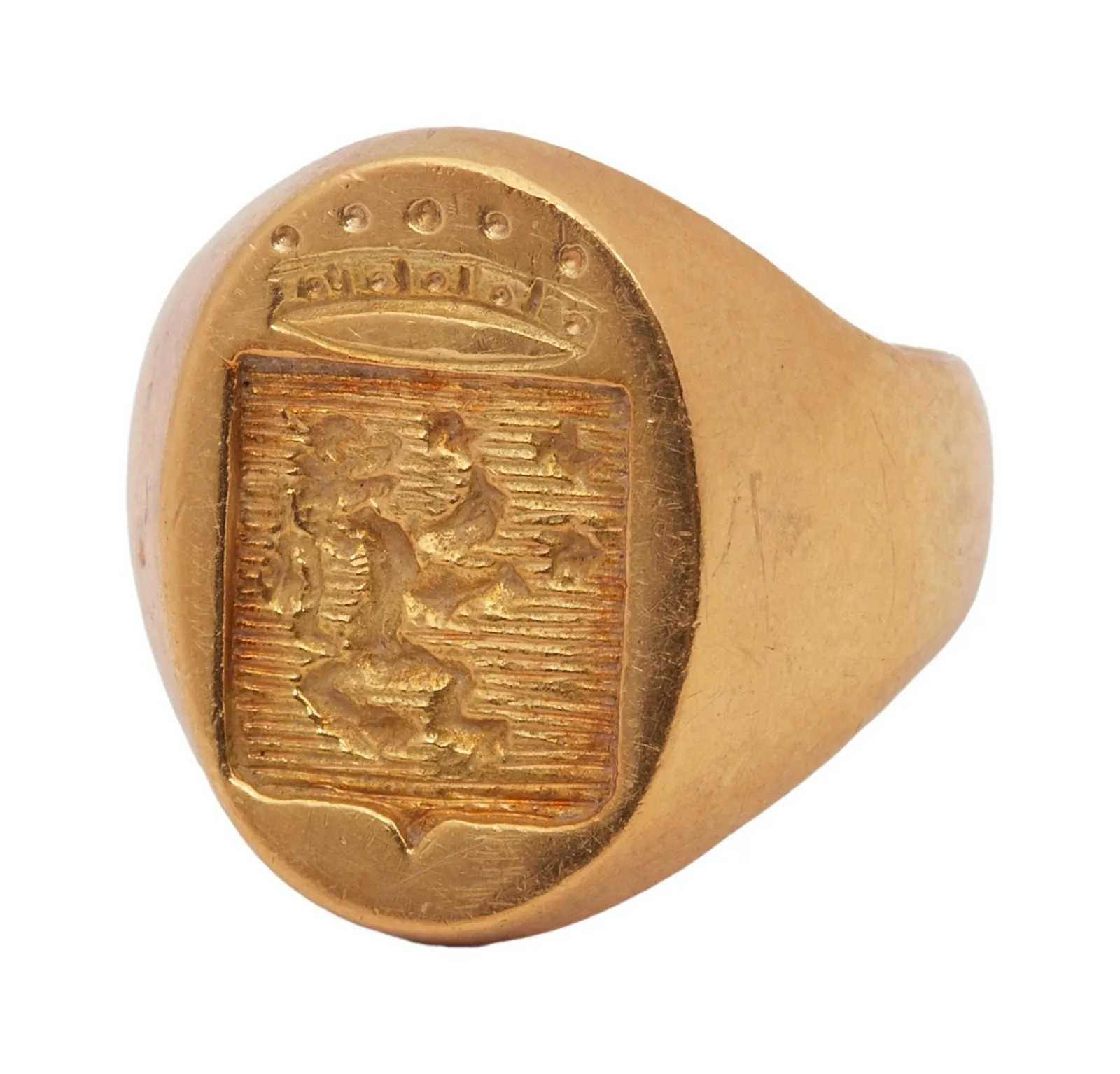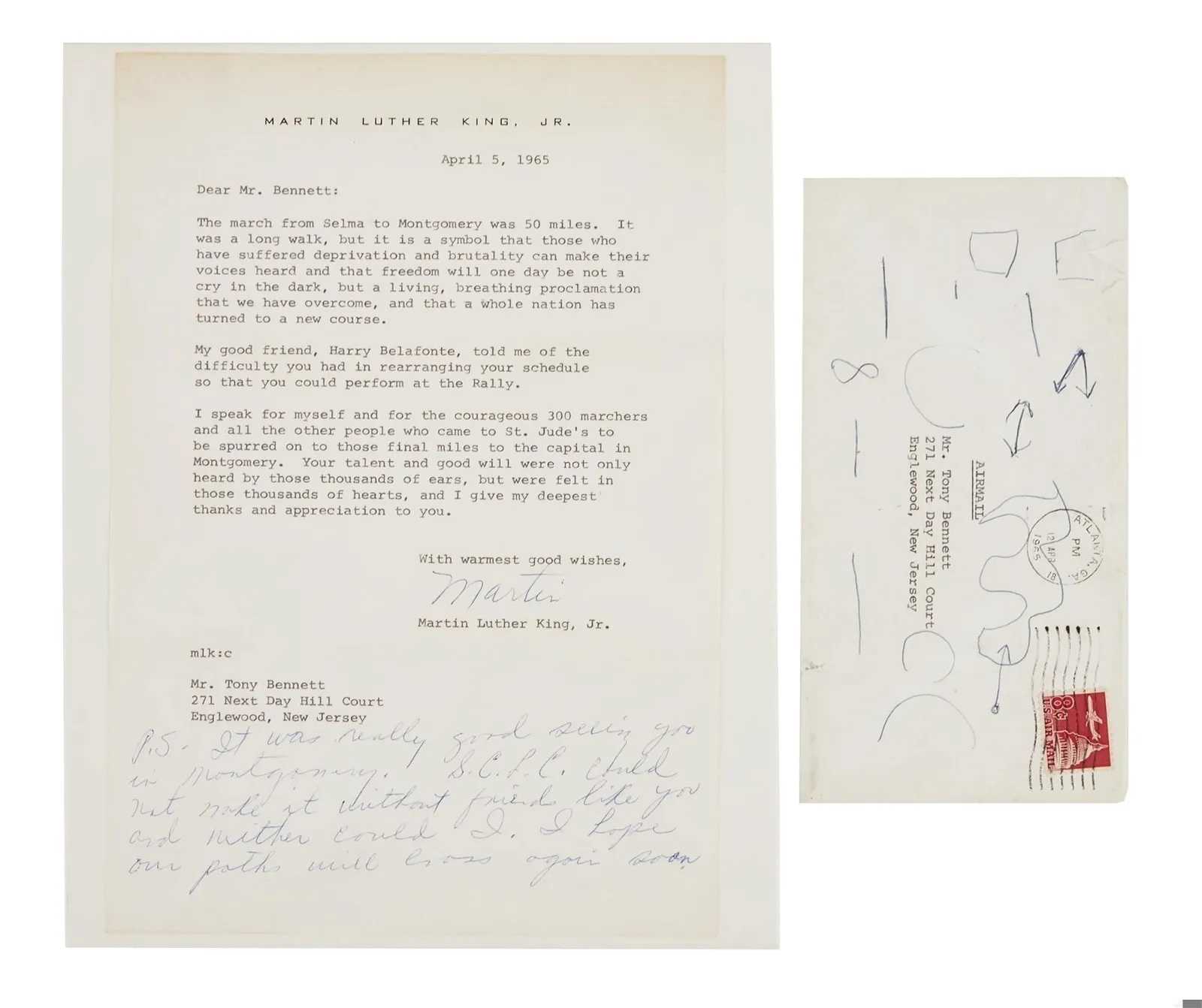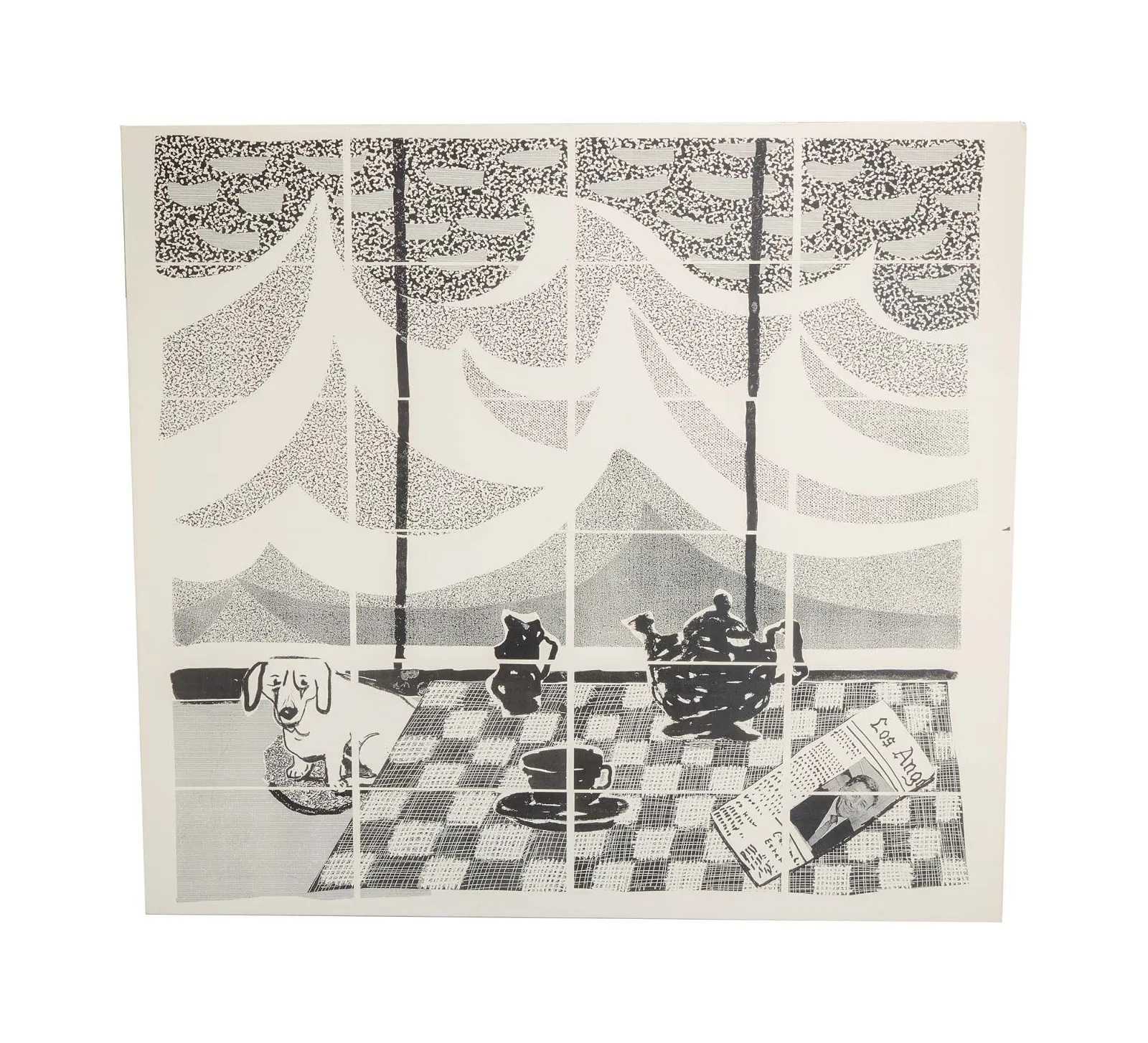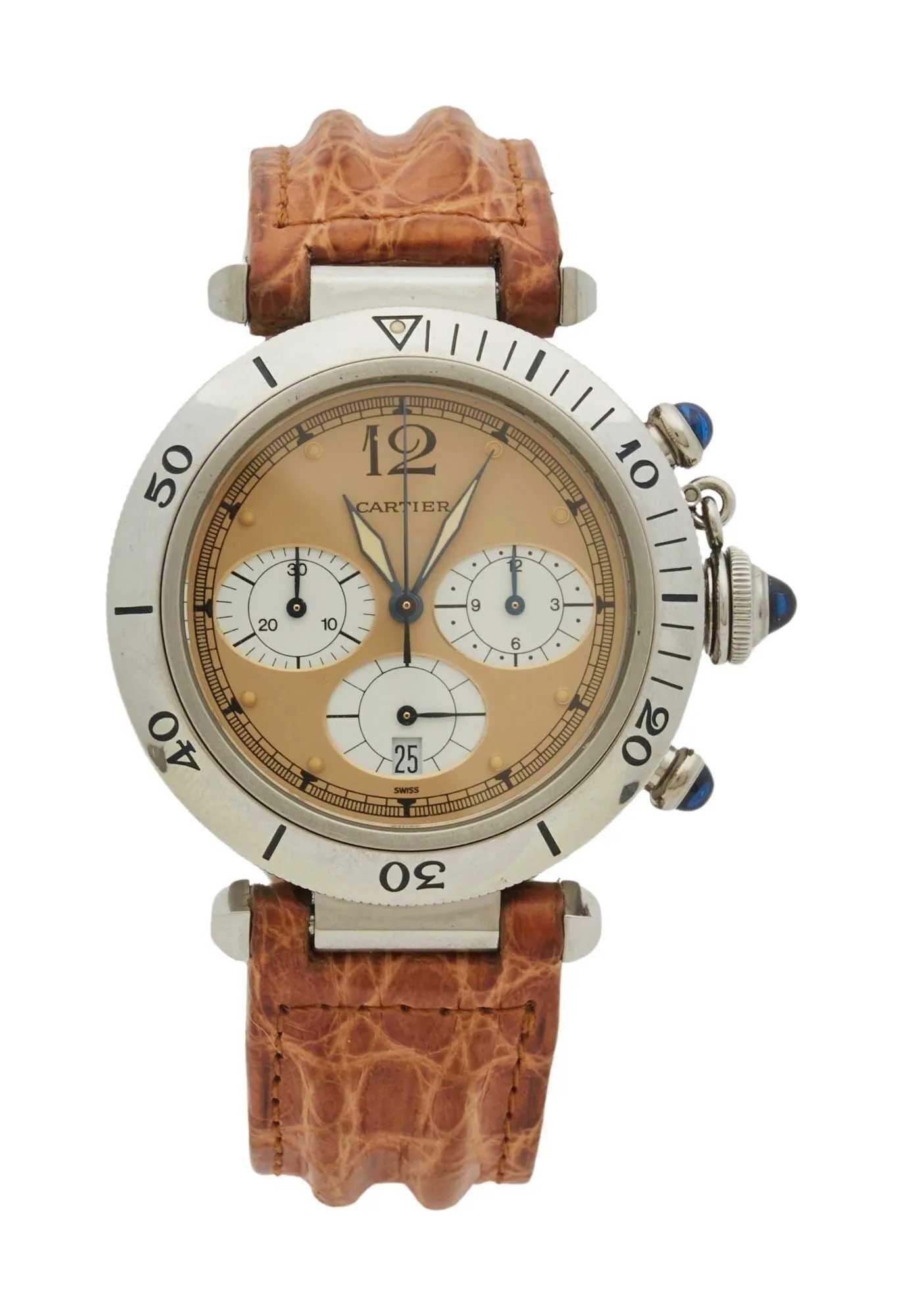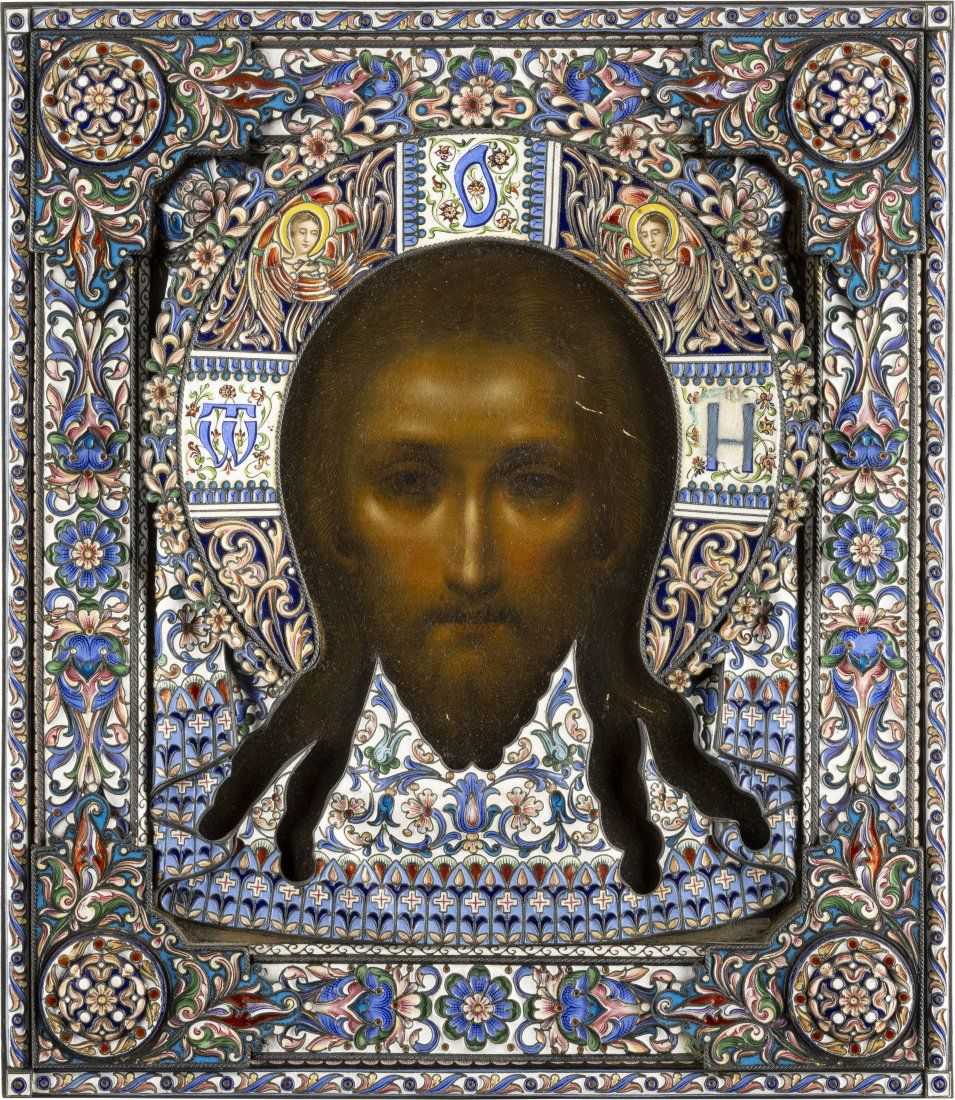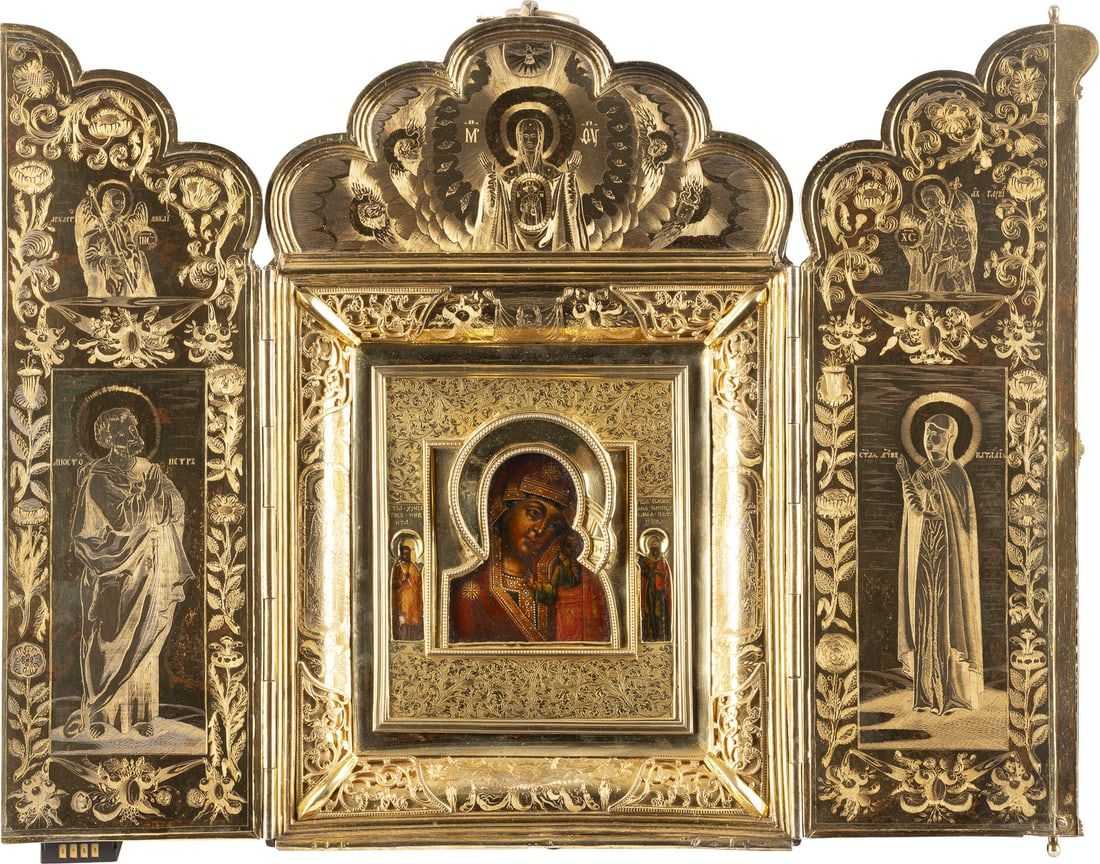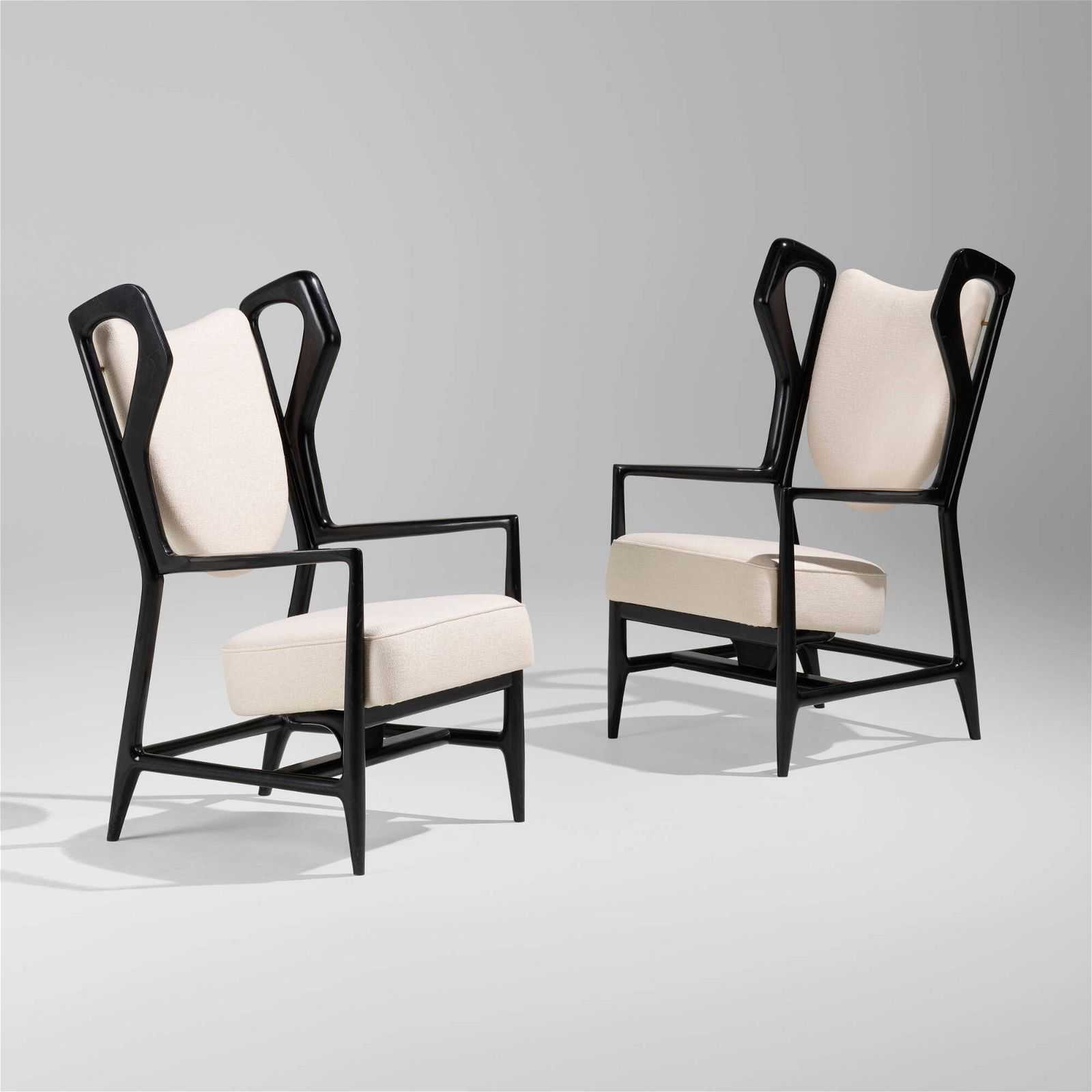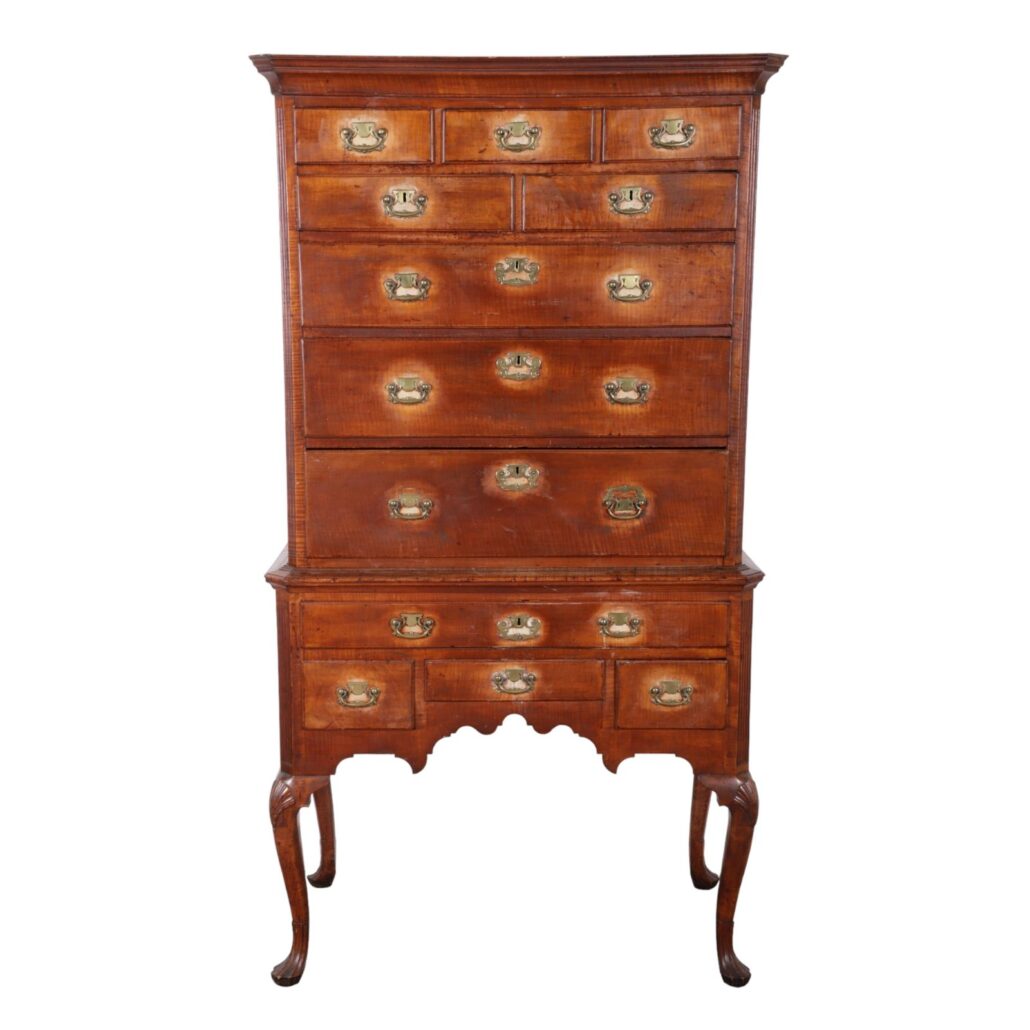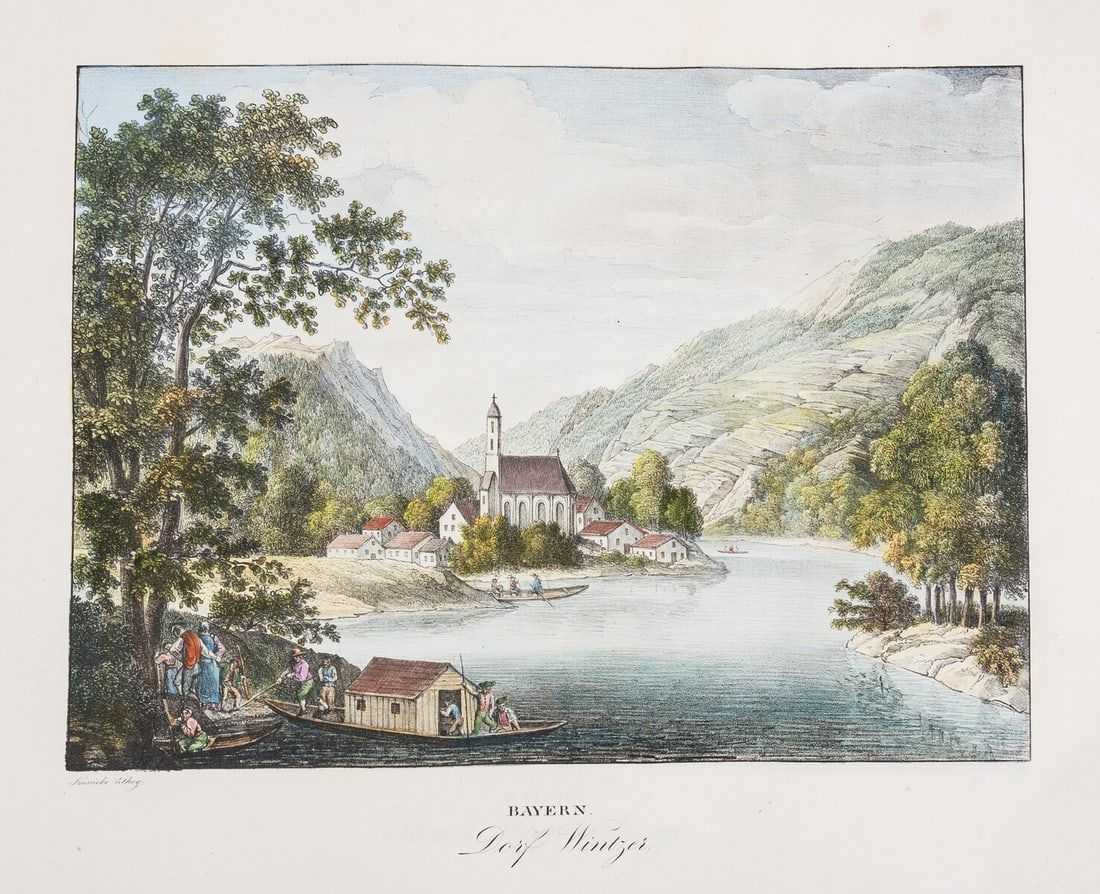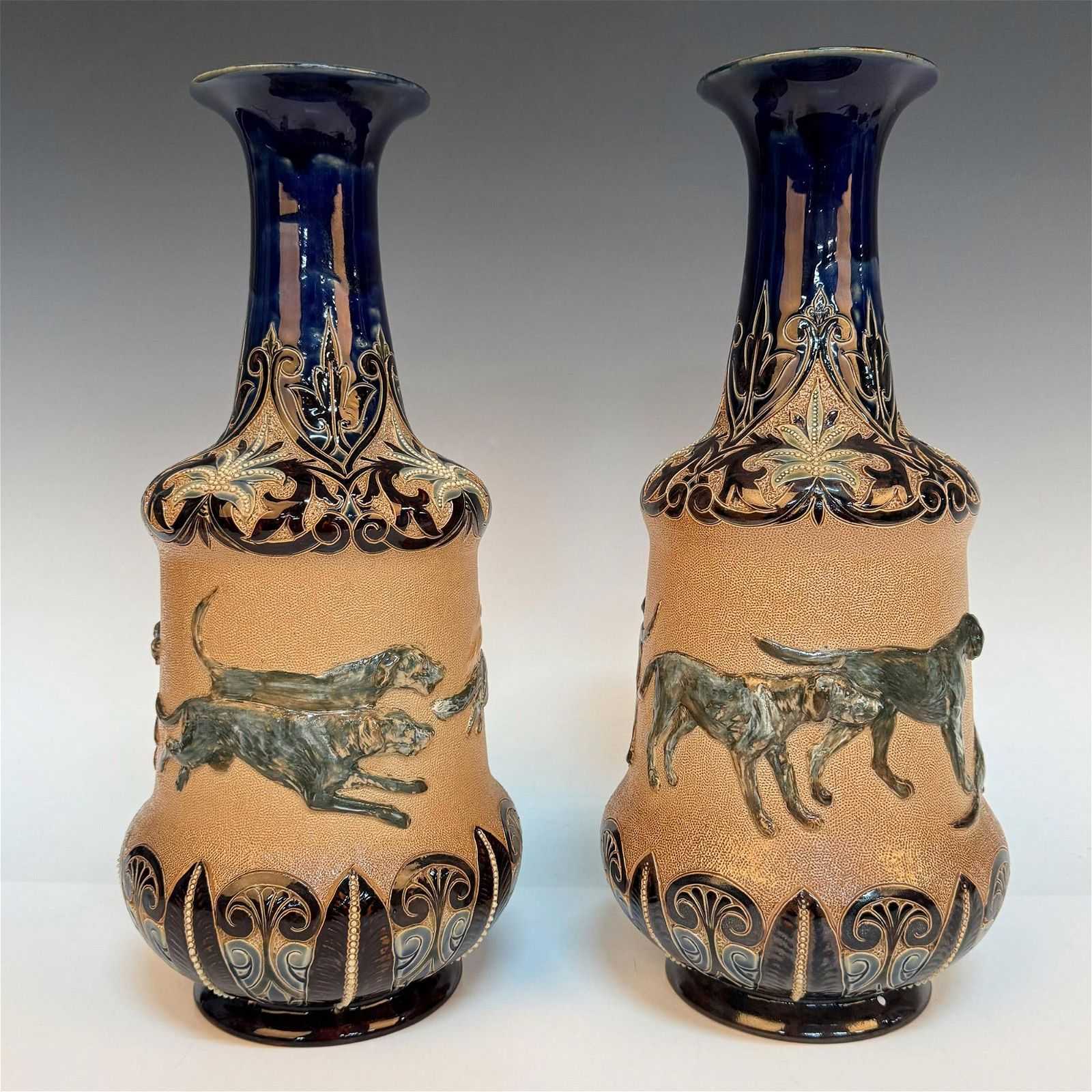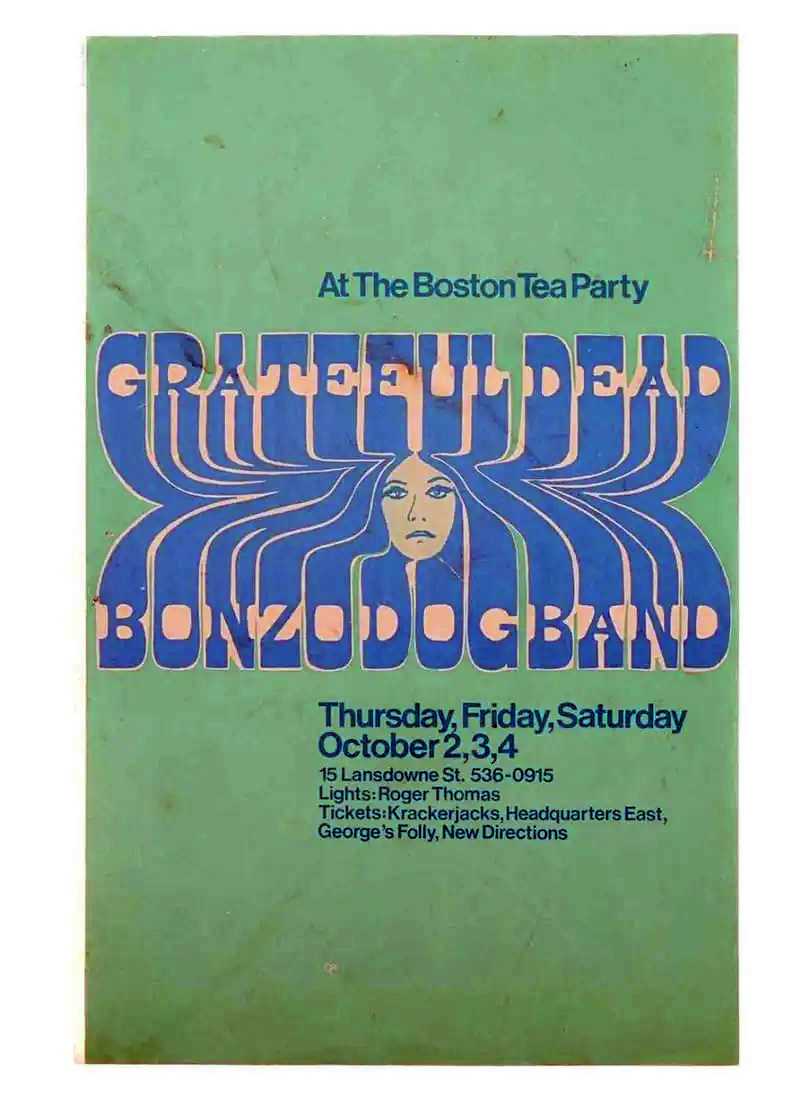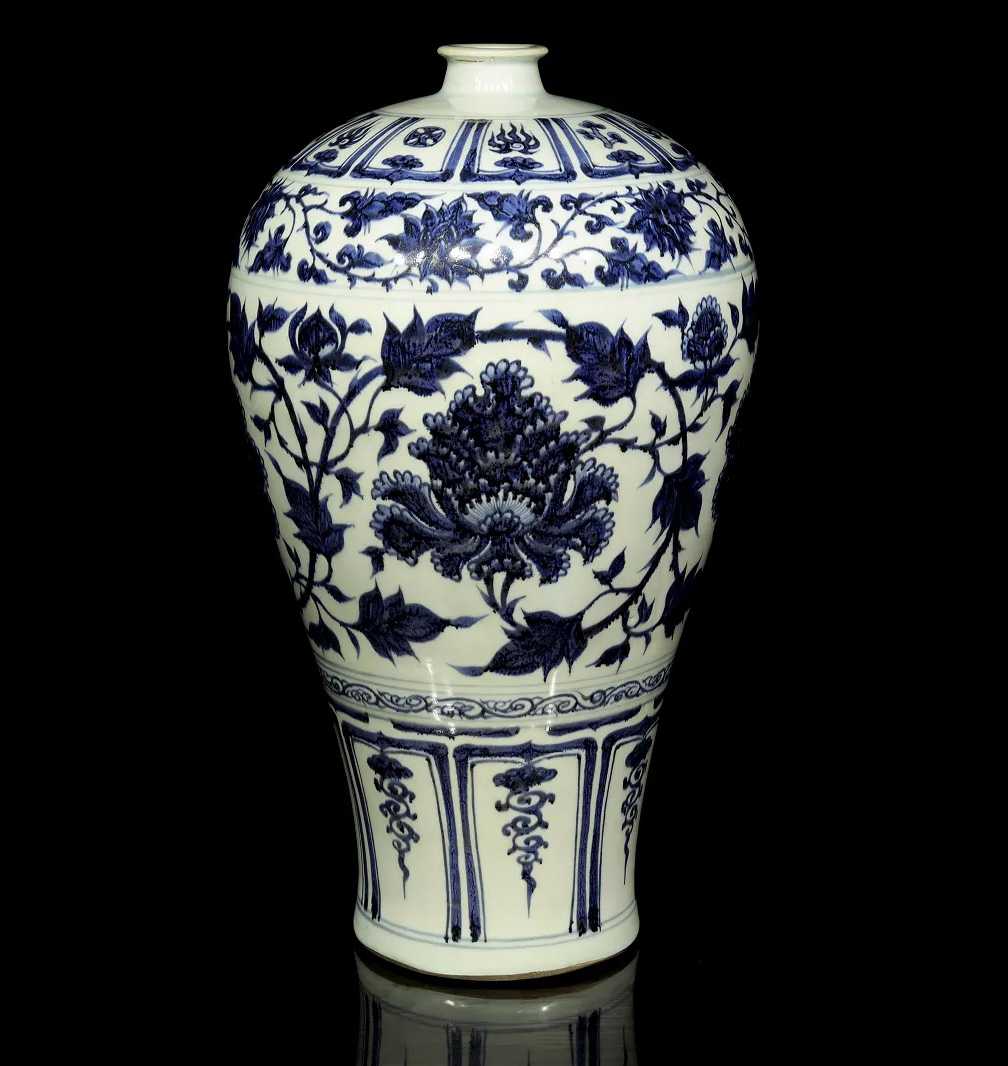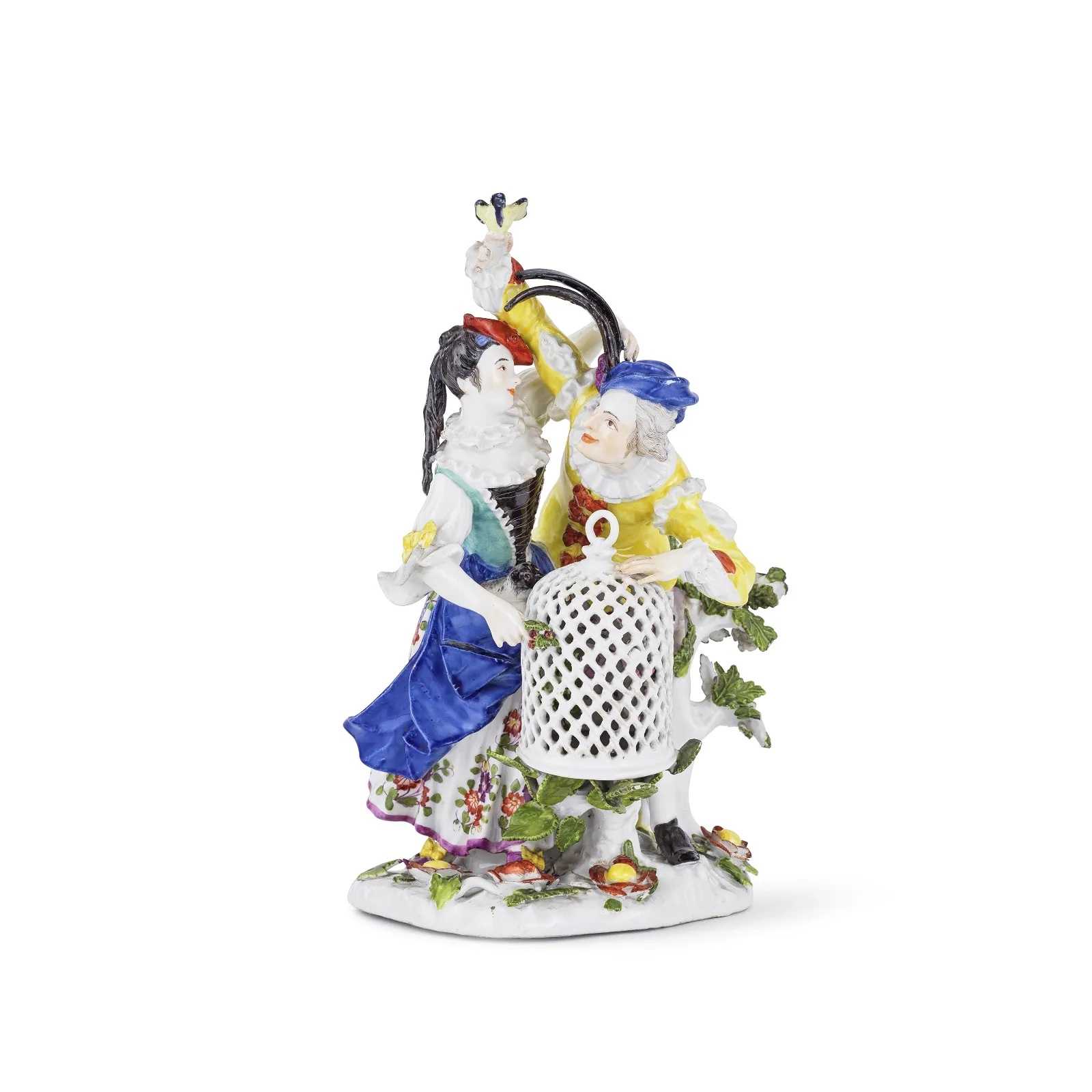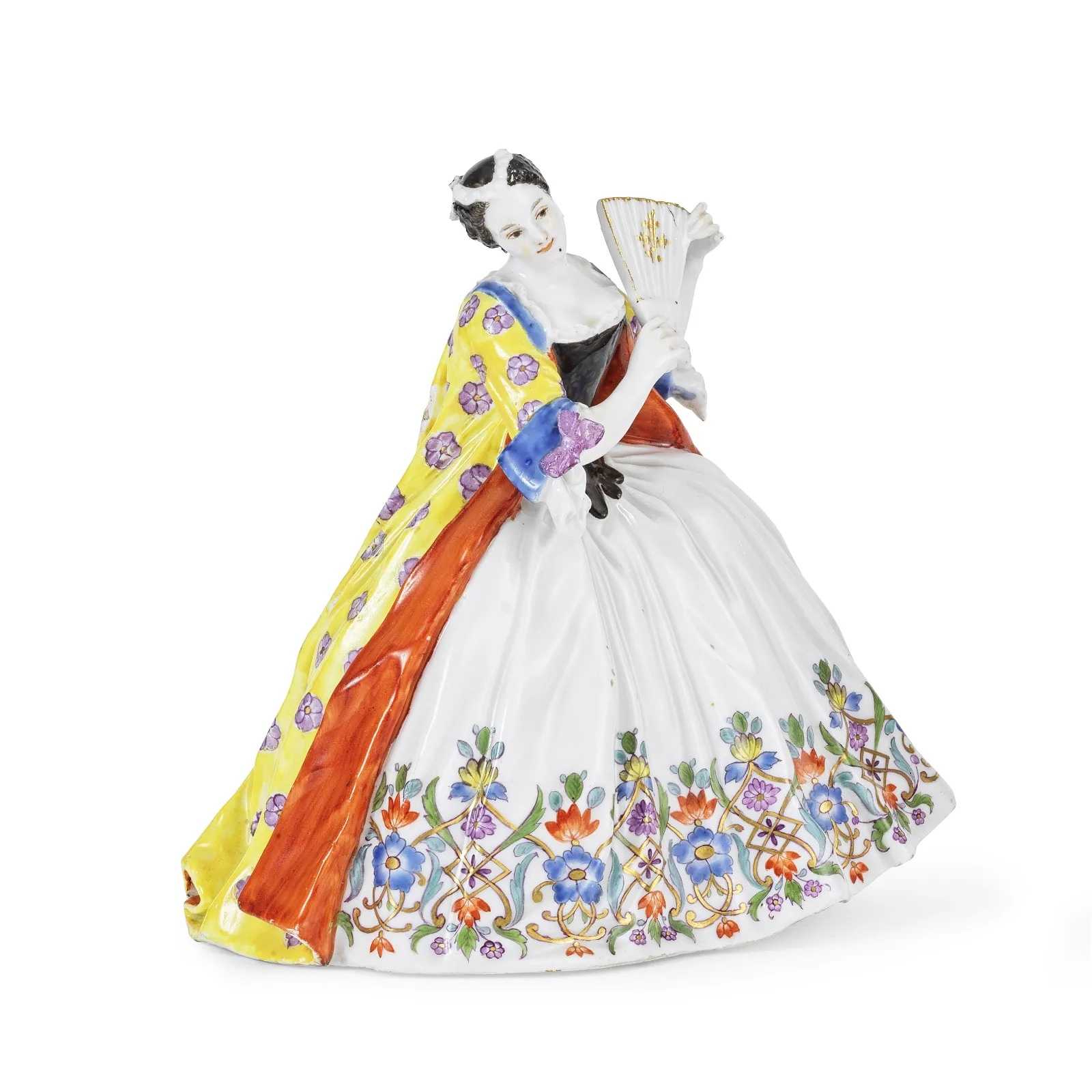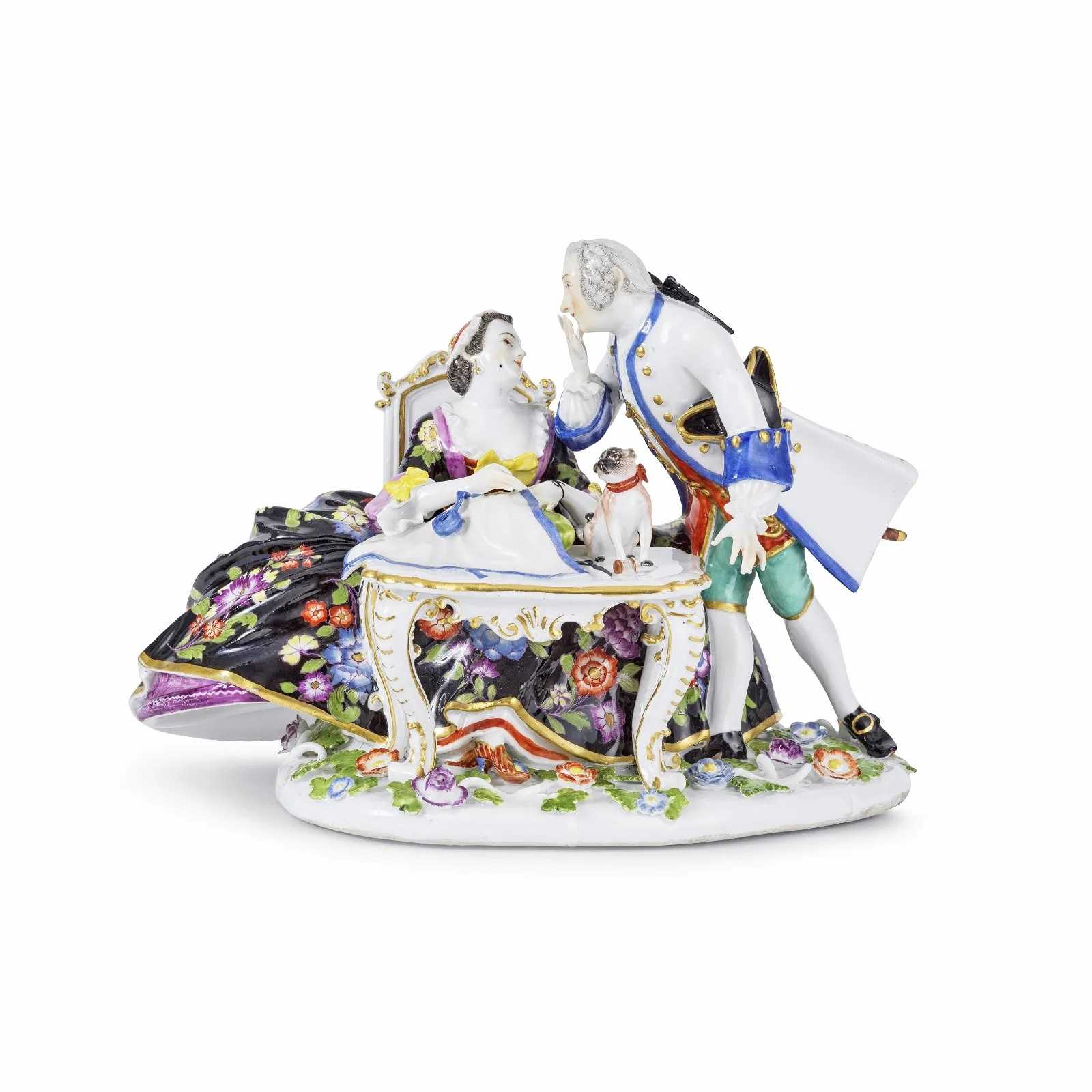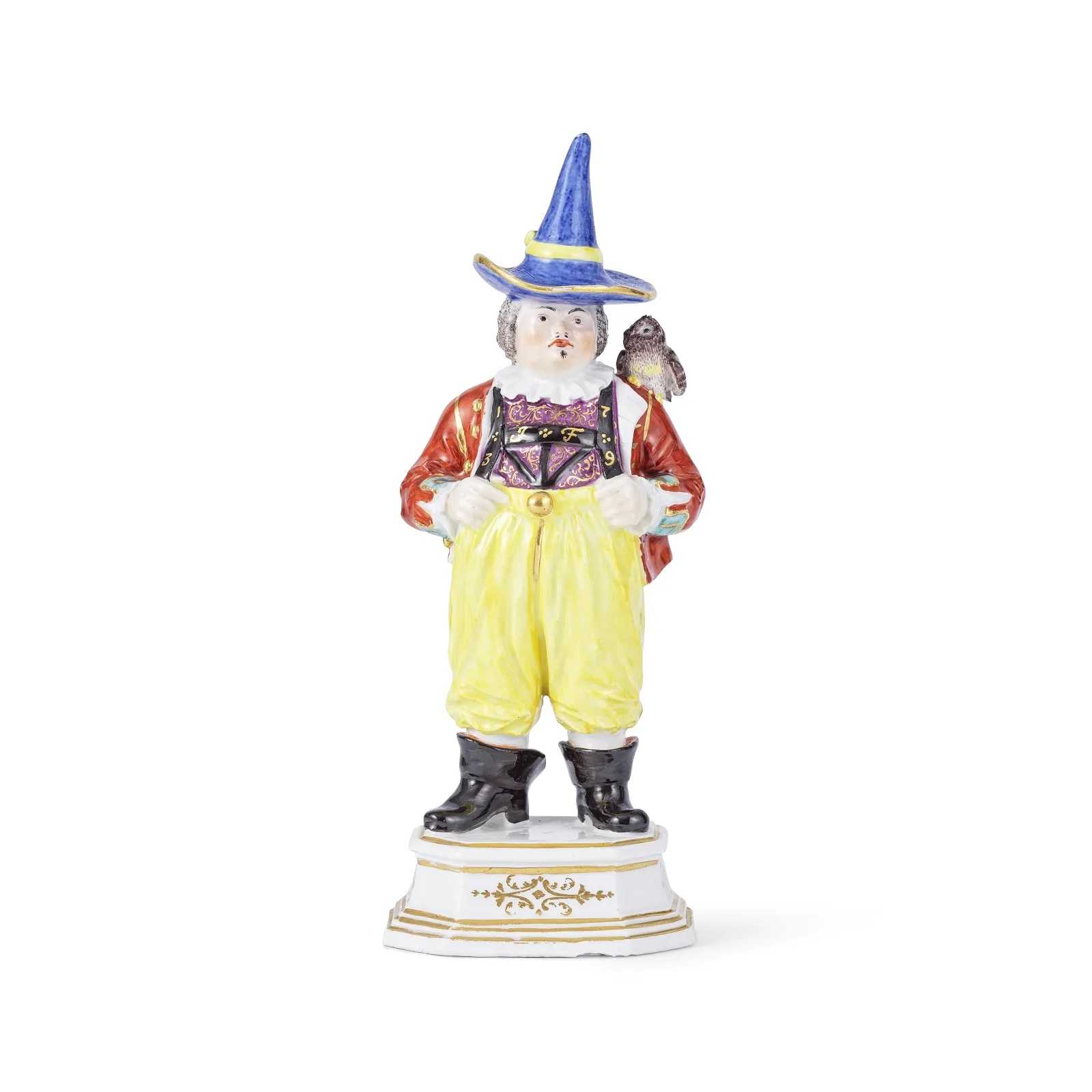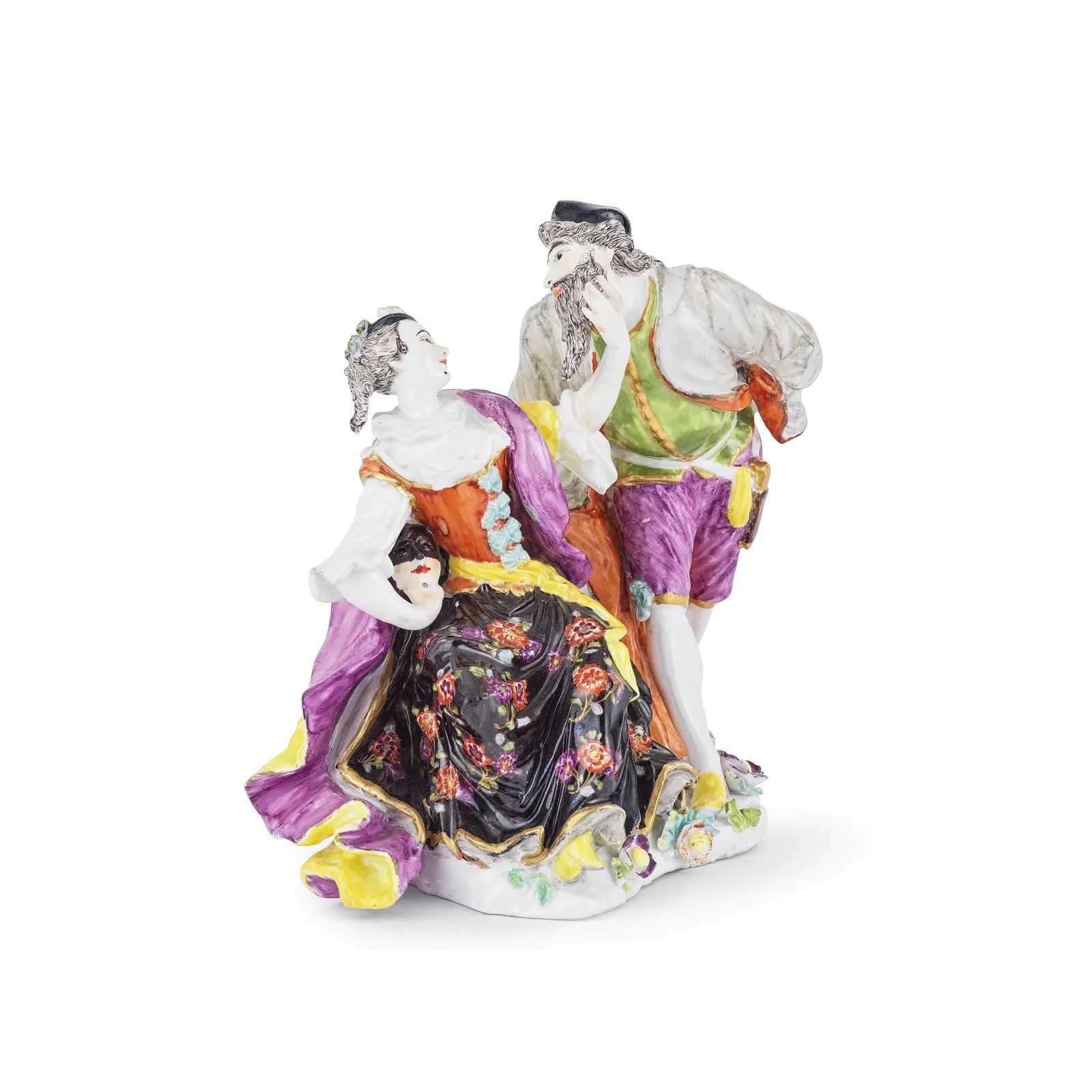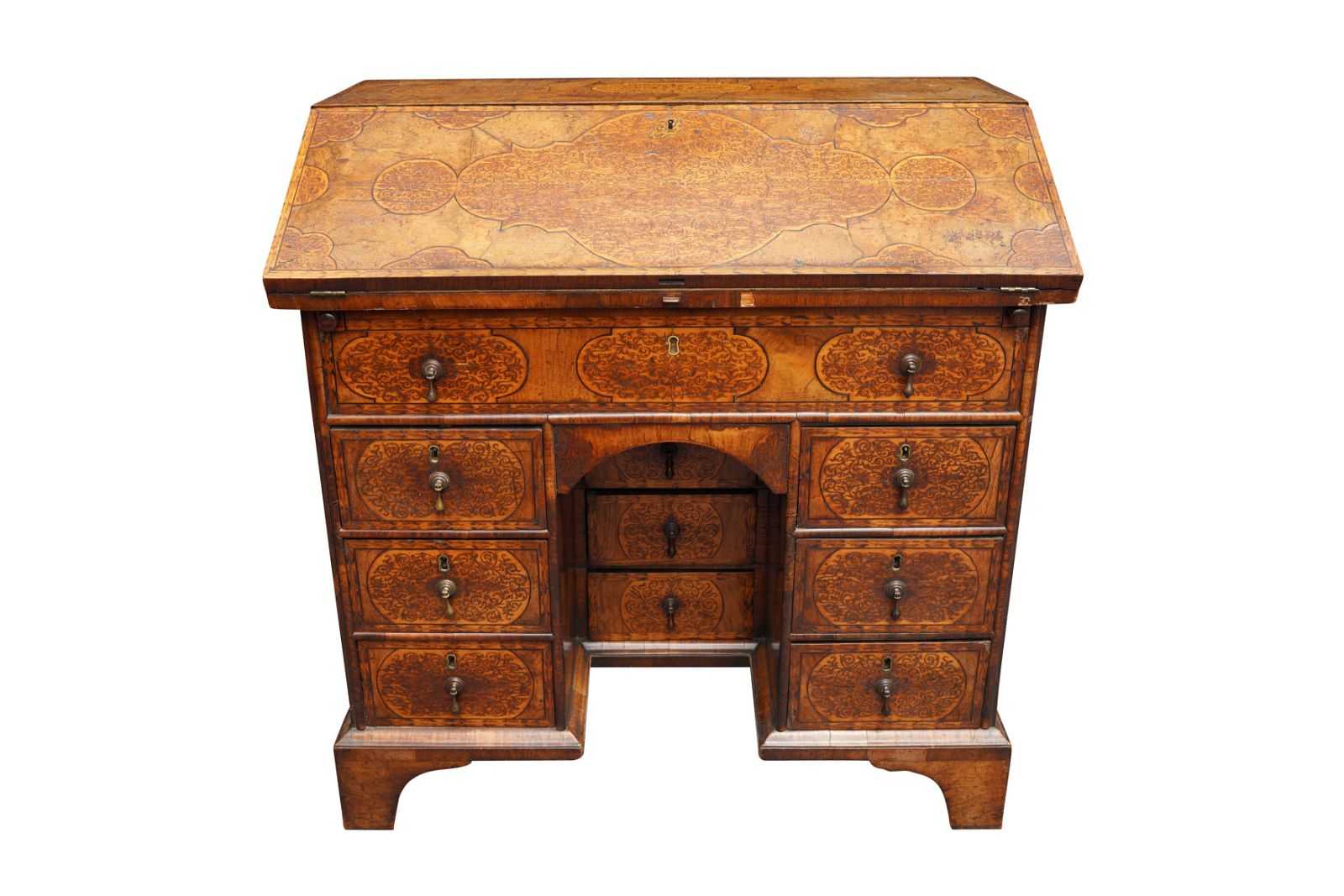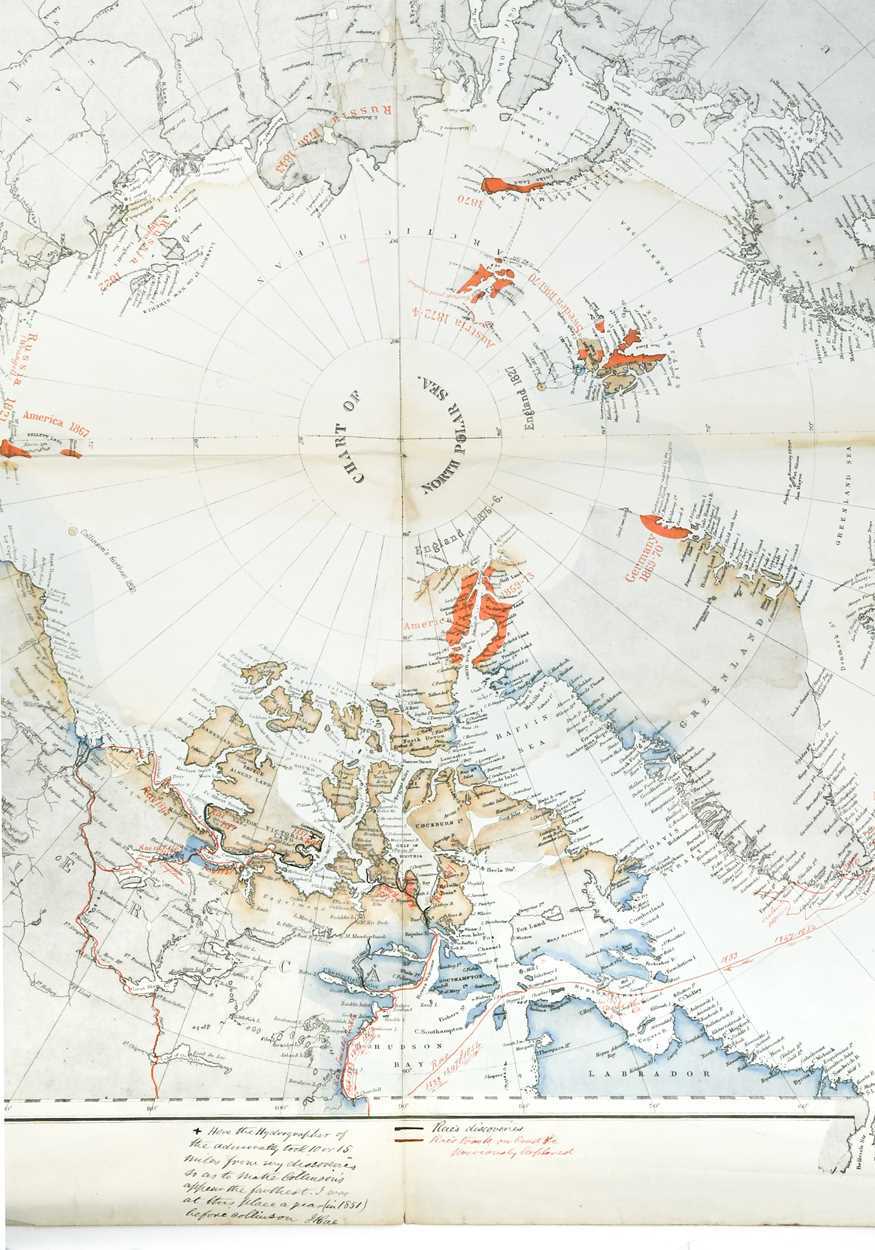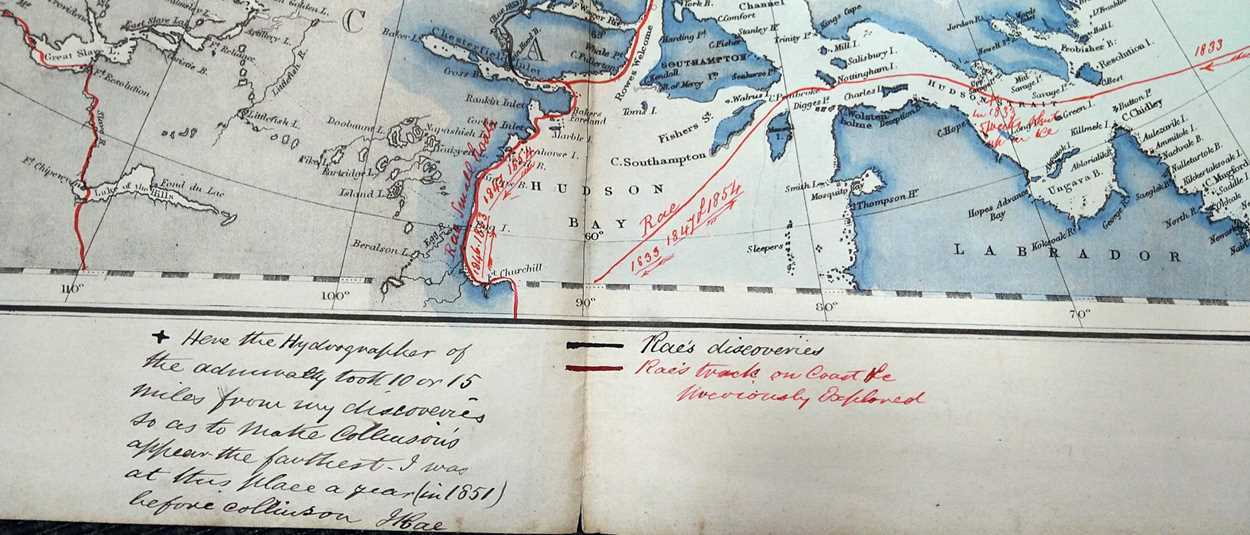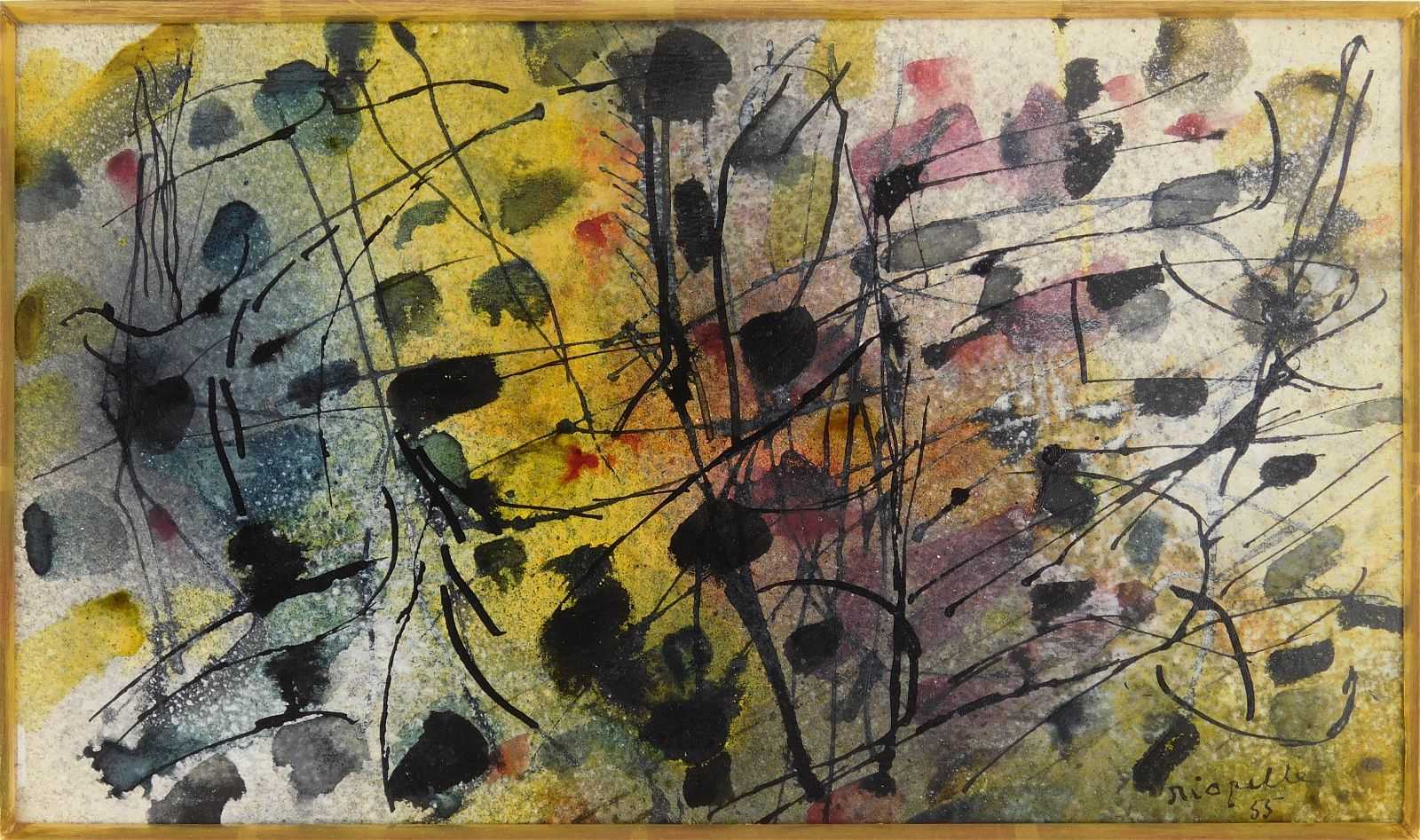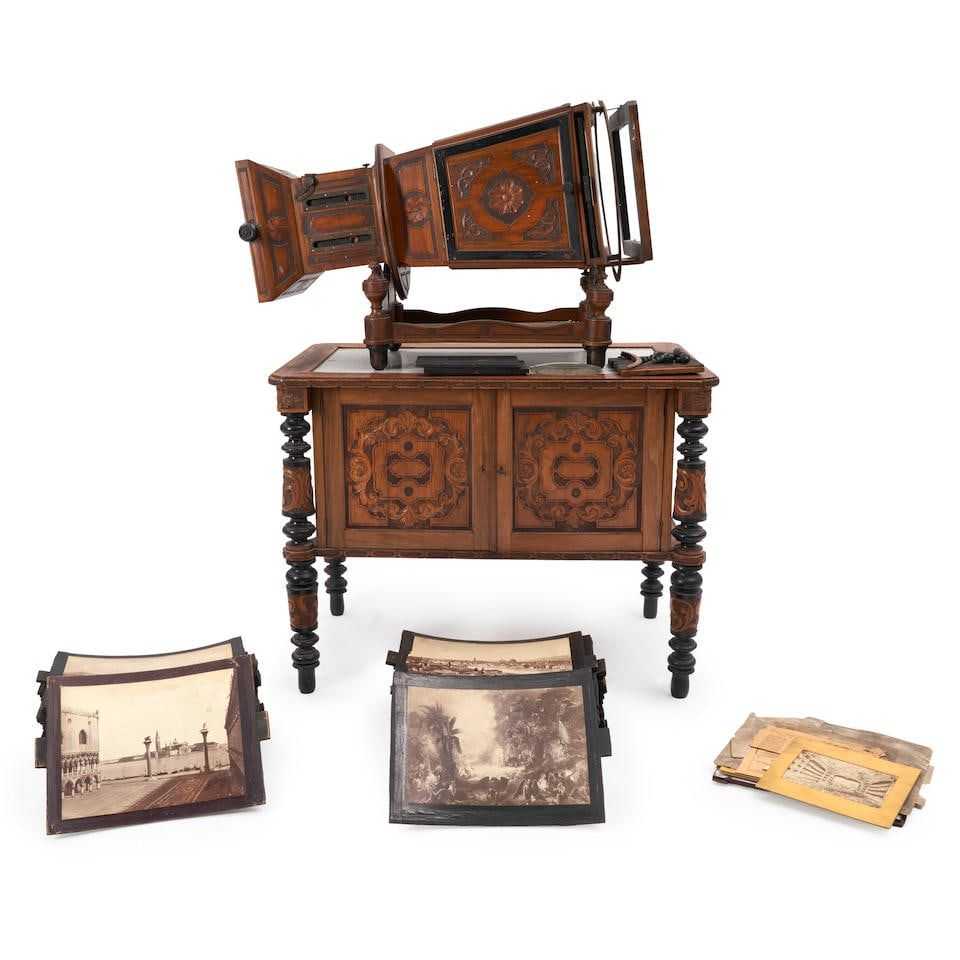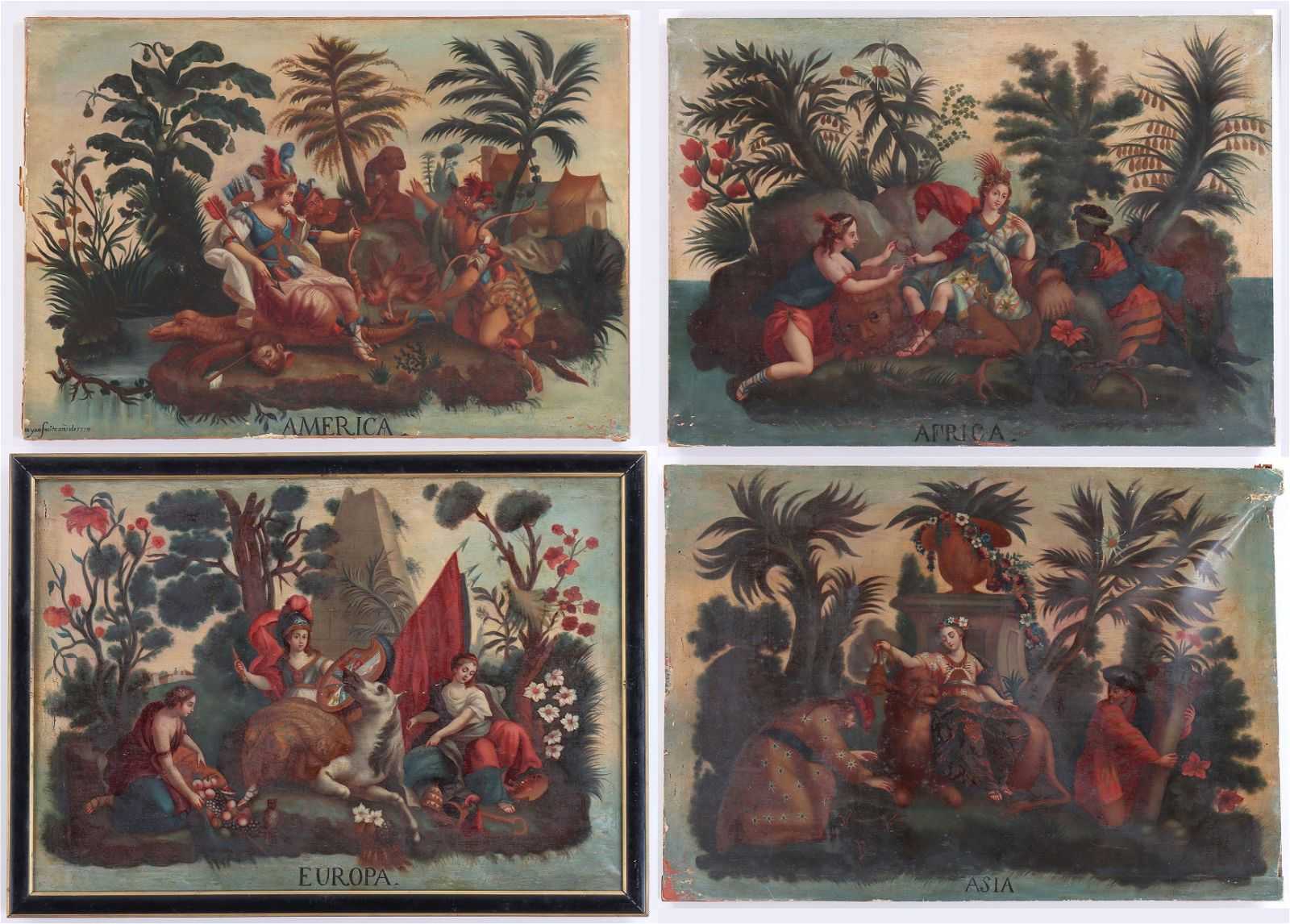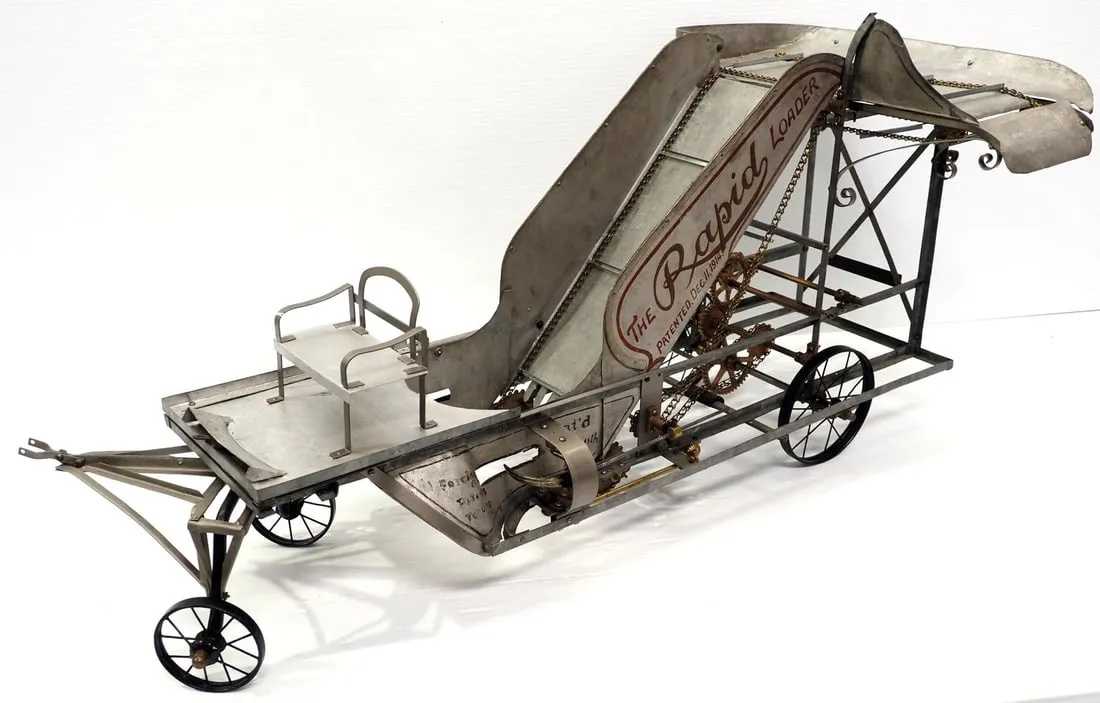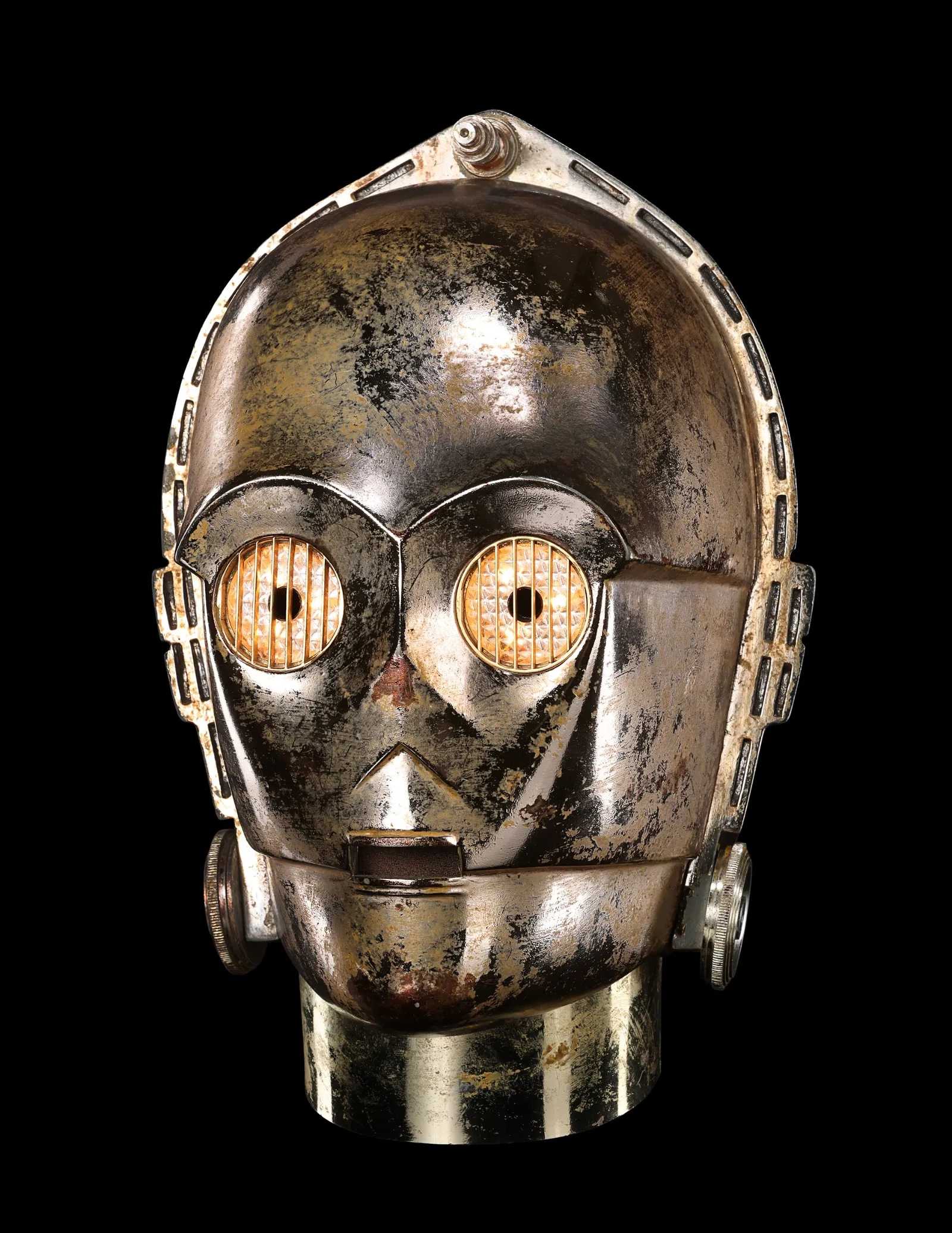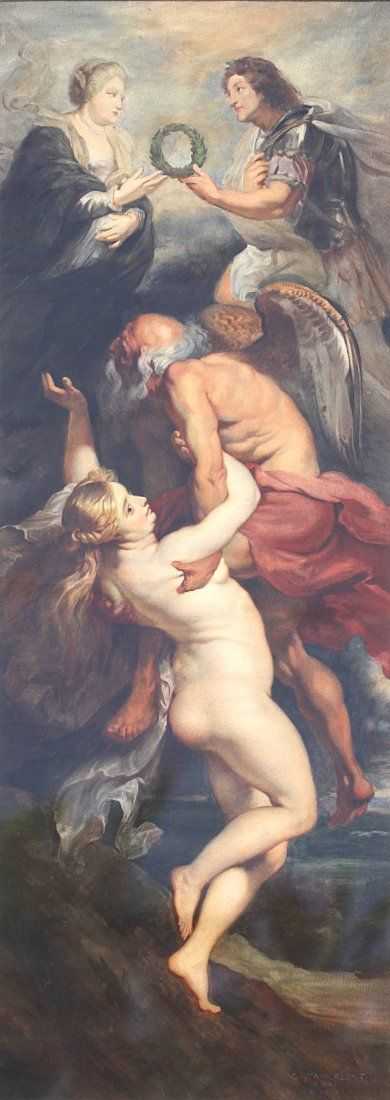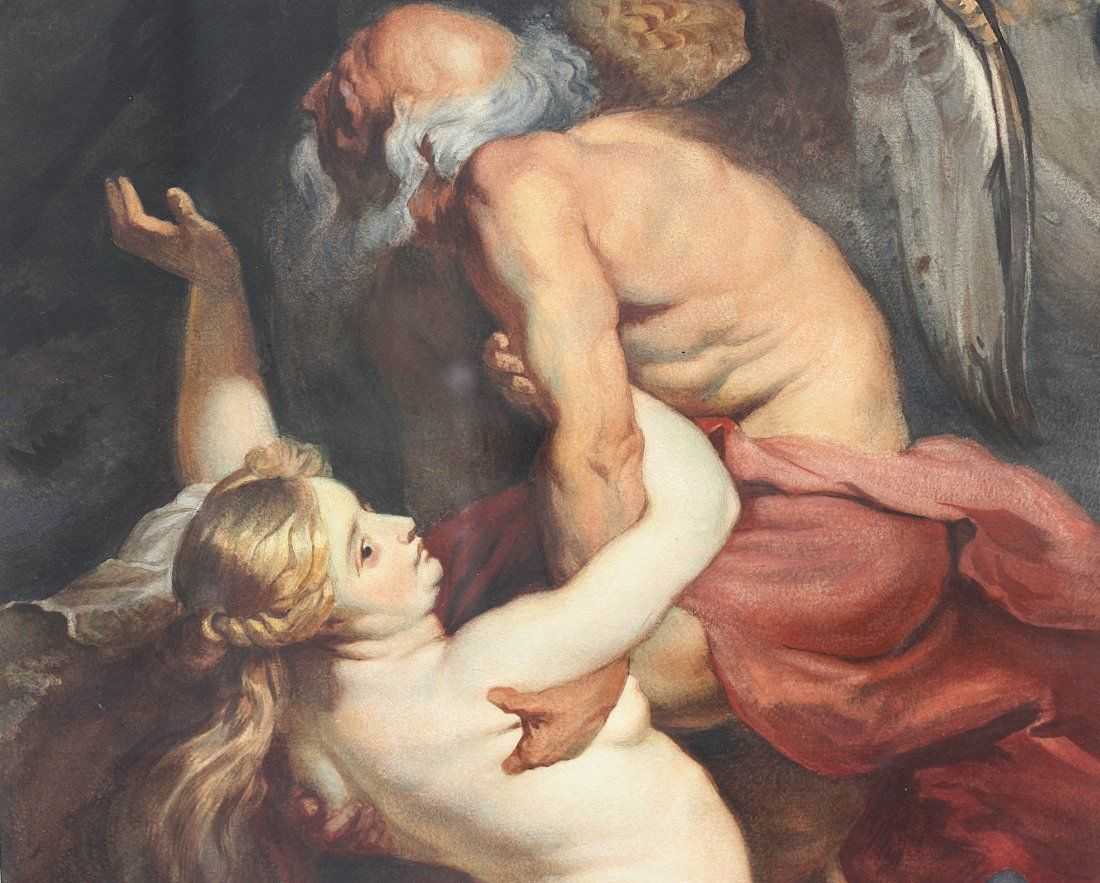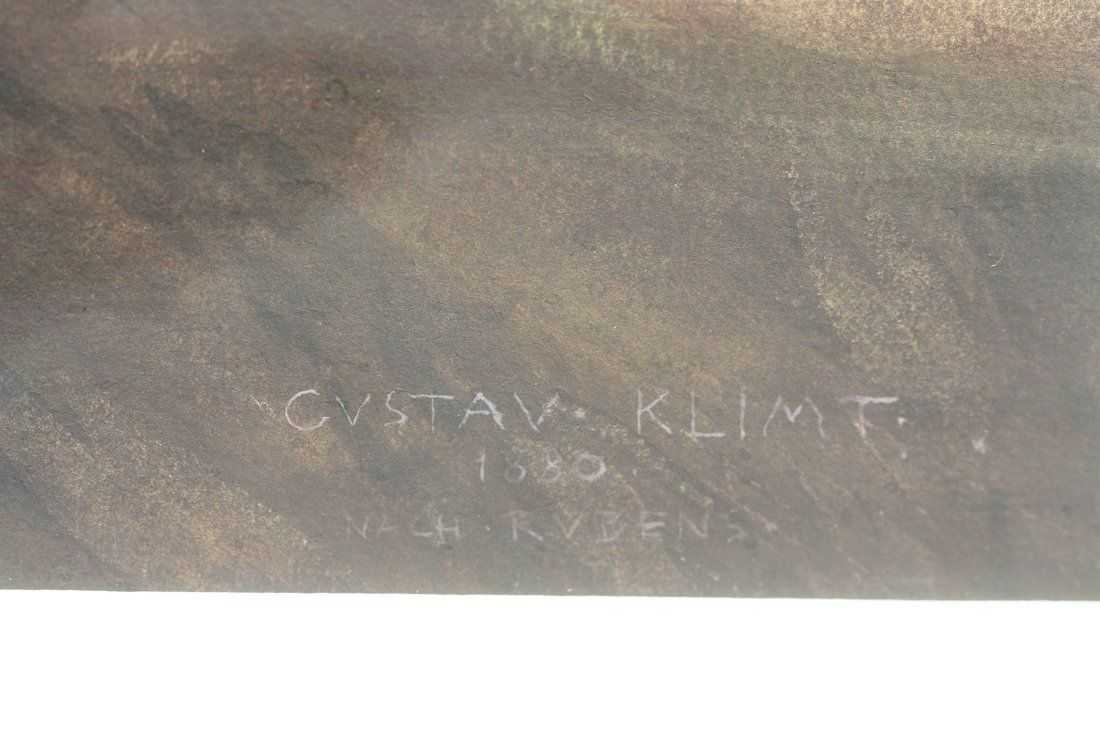PARIS — The first part of one of the finest assemblages of 18th-century Meissen porcelain figures still in private hands generated a premium-inclusive €948,450 ($1,010,480) at Bonhams on April 17. A total of 44 of the 55 lots from the collection formed by German businessman Hadrian Maria Oskar Merkle (1942-2018) were sold. The auction results can be seen at LiveAuctioneers.
Porcelain figures and groups were an essential part of table culture at European courts in the 18th century. The discovery of the secret of hard-paste porcelain at Meissen around 1710 led to the replacement of sugar sculpture on the table with the finer and more durable material that could also be painted and gilded. These table sculptures were made both as an expression of court grandeur and as amusing tableau to stimulate conversation among the dinner guests.
Merkle’s goal as a collector was to show the incredible ambition of the Meissen factory as well as the genius of its master modeler, Johann Joachim Kaendler (1706-1775). A student of the Dresden court sculptor Benjamin Thomae, Kaendler joined the royal porcelain factory in 1731. He perfectly understood the possibilities of the new material, and, during the course of more than 40 years, created a magnificent and unique body of sculptural work in the late-Baroque and Rococo styles.
The Merkle collection includes some exceptional examples. Considered one of the most beautiful of Kaendler’s early figures is the crinoline figure of a lady with a fan circa 1737. Based on an engraving published in 1736, the model is first mentioned in Kaendler’s work records in December 1736. This example was previously part of two exceptional US collections of Meissen: that of Charles E. Dunlap (sold by Sotheby Parke Bernet in 1975) and the Christner collection (sold by Christie’s New York in 1979). Estimated at €20,000-€30,000 ($21,385-$32,080), it hammered for €100,000 ($106,925) and sold for €127,000 ($135,795) with buyer’s premium.
A coveted model of lovers with a birdcage dating from 1745 shared the sale’s top estimate of €40,000-€60,000 ($42,770-$64,180) and returned the top price of €135,000 ($144,460), or €171,450 ($183,470) with buyer’s premium. The piece is mentioned in Kaendler’s work records in March 1741: “A group, consisting of a man with a birdcage in which there is a parrot, beside him a woman giving the parrot cherries to eat and putting feathers on the man’s head, whereas he presents her with a titmouse.” Another example is in the Metropolitan Museum of Art in New York.
Subject to bidding in the room, on the telephones, and online was the 10in (25cm) figure of the Dresden court jester Joseph Fröhlich (1694-1757) with an owl perched on his left shoulder. Estimated at €20,000-€30,000 ($21,385-$32,080), it hammered at €62,000 ($66,325) and sold for €78,740 ($84,225) with buyer’s premium.
The earliest record of the figure is in Kaendler’s work reports in September 1736, however in April 1737, following a visit to Joseph Fröhlich in Dresden, he reworked the head of the figure to make it more lifelike. He added an owl to the jester’s shoulder in May 1738 when completing an apparently urgent order for six figures.
Another example of this variation is in the Museum of Decorative Arts in Budapest, Hungary. Merkle’s figure, inscribed with the gilt date 1739 and initials JF, was previously in the Meissen collections of both EA Treherne (sold at Sotheby’s in 1958) and Sir Henry Tate (sold at Christie’s in March 1995).
Fröhlich, who began his career as a juggler and jester in 1725, rose to become the Electoral and Royal Court juggler, Adviser Kurzweiliger Rat, and the Royal Polish Mühlenkommisar. Some of these titles may have been bestowed in jest, but his proximity to the ruler gave him status and power that only few at the court could hope for.
Additional auctions of the Merkle collection will take place in Paris later in 2024 and in spring 2025.


